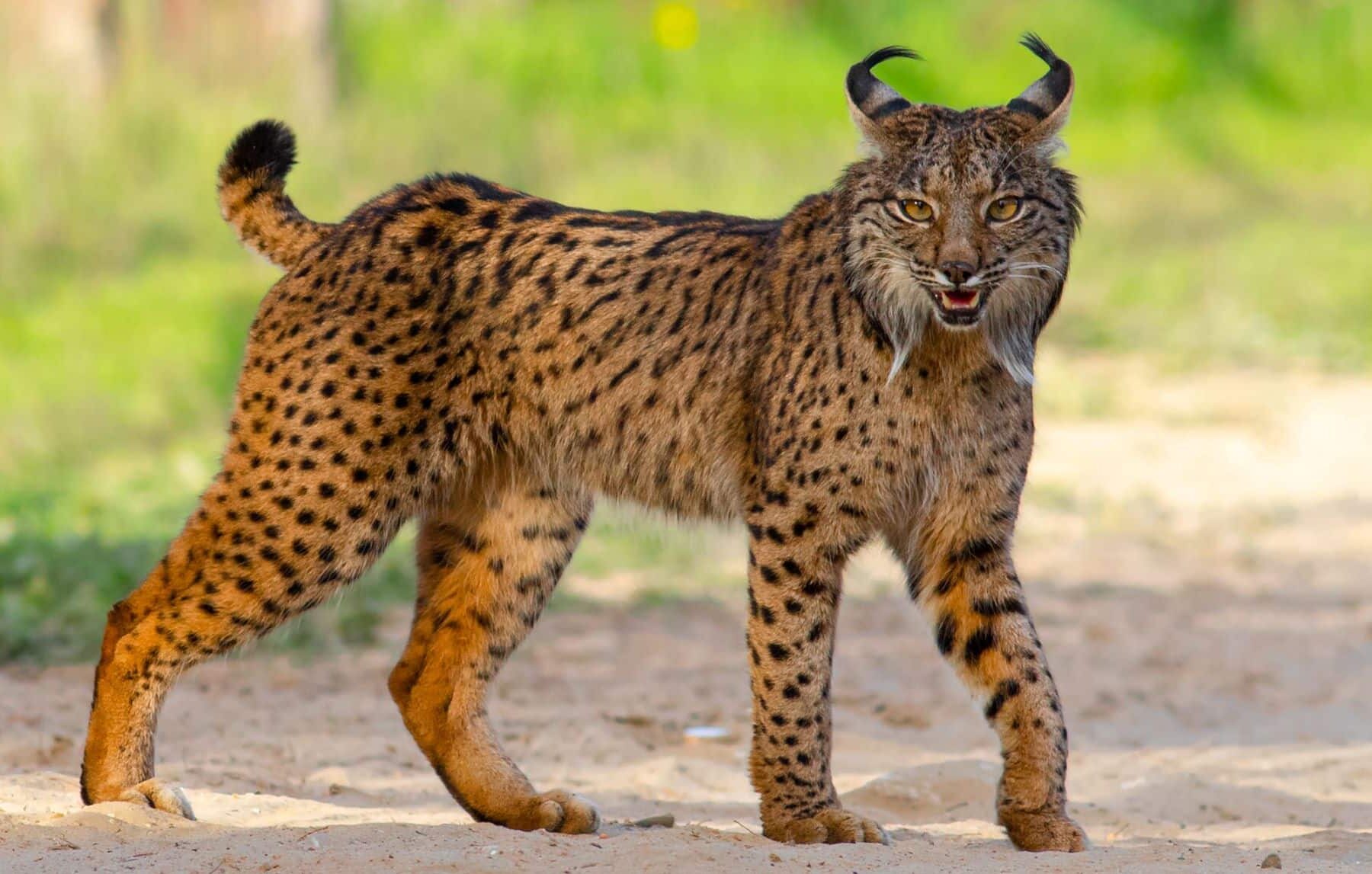It is Study proposes new stages of development for the age classification of the Iberian Lince (Lynx Pardinus)Based on the dental development that is observed by X -rays, with special attention to young people.
The Classification defines a series of expected development markers as a puppy growsIdentifying five age categories: neonate, two youth phases, subadult and adult.
The The estimate of regression -based age was effective for both modern and fossil samples, which supports its possible use in preservation and reintroduction. Moreover, this extractional approach offers complete mortality profiles and knowledge about the history of the behavior of L. Pardinus.
The Lynx was raised in caves in the Pleistocene
A study led by the Complutense University of Madrid (UCM) has shown that the ancestors of the line Iberian in the upper pleistocene occupies the caves in search of a safe place to raise their puppies that contributes “Relevant” data about the reproductive ecology and structure of the population of the Iberian Lynx at that time.
In particular to conduct the study, published in the magazine ‘Scientific Reports’, A complete monster of modern Lynxen was collected and analyzed and applied to two depositsTerraces of the Riera Dels Canyars (Gavà) and COVA del Gant (Sitges), with Barcelona.
The work therefore proposes a pioneer method to estimate the era of death in individuals of line Iberian, integration of biological development data obtained by radio techniques. The results offer an age classification system, which relates to newborns to adults and that enables researchers to determine the death era, next to «Open a window to the past to know what the behavior of the Lynx was in the past«.
Revealing results
The authors of the work They point out that the results “excellent differences” reveal between the two fossil associations studiedso that the persons represented in the first deposit cover the entire phase of youth development, as observed in the current populations; In what the result would be of a continuous parenting process in the field of the down payment. In the other deposit, however, the newborn descendants dominate, which suggests that the cave was used exclusively as a hiding place to raise puppies.
According to the UCM, these results are “especially relevant” compared to populations of Linces modern, taking into account that in the News The Iberian Lynx inhabits mainly in areas of Mediterranean Matorral in South Spain and PortugalWhere there are no caves, so women select holes in trees or dense bushes to lift their puppies.
However, The fossil record confirms that during the Pleistocene, and specifically the last part of about 50,000 years ago, the same species was adjusted to inhabit rock areas such as the GARRAF massifThe use of cavities as hiding places for their young.
Research He concludes that this ecological plasticity shows the ability of the Iberian Lince to adjust its reproductive strategies. The study of the University of Burgos and the University of Barcelona also participates in the study, with the cooperation of the Doñana Biological Station (EBD-CSIC) and the Museum of Natural Sciences of Madrid (MNCN-CSIC). EFE / ECOTICIA.COM

